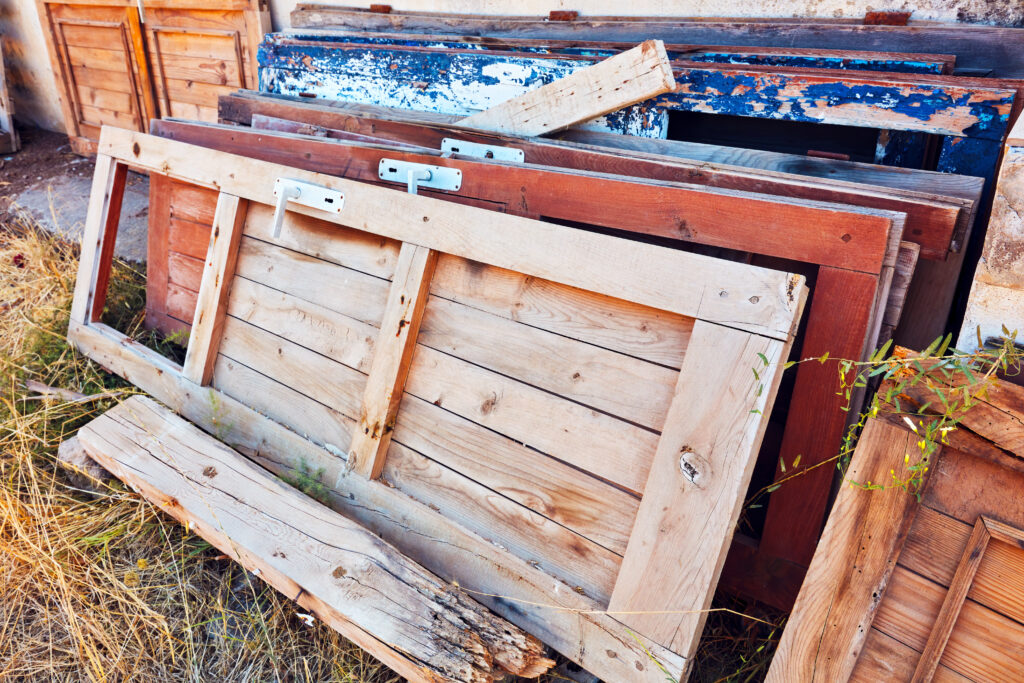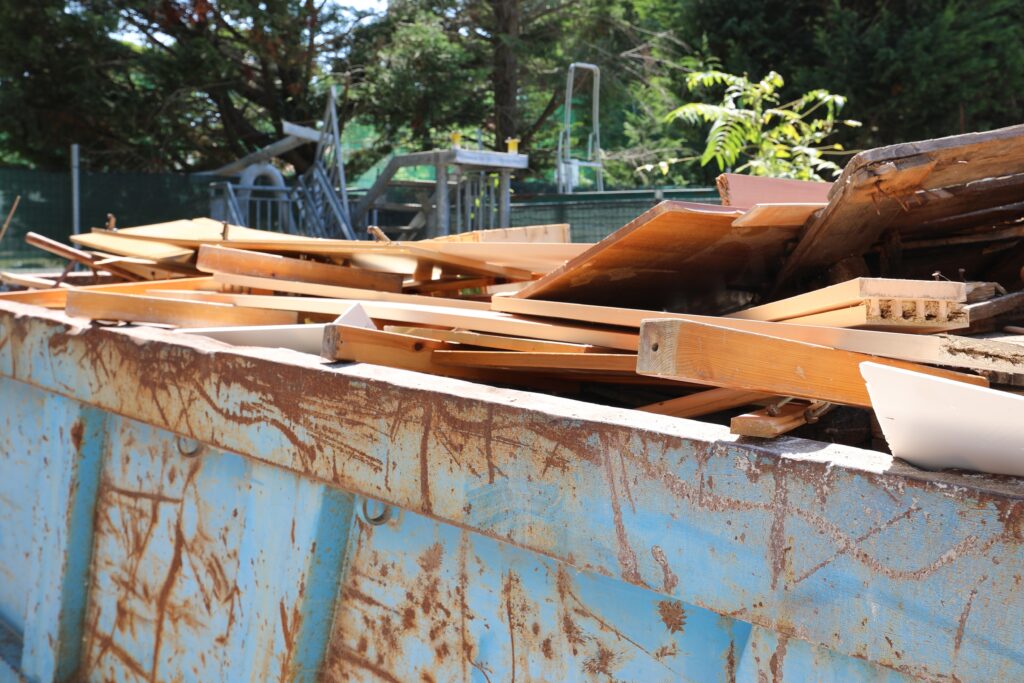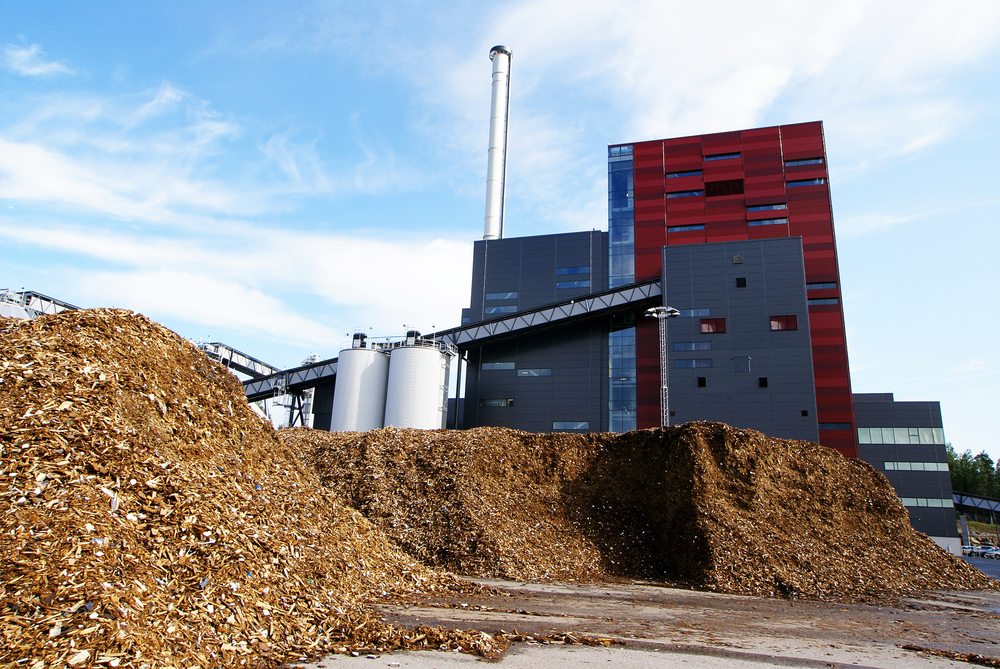Introduced in July 2021, RPS 250 allowed potentially hazardous ‘amber’ waste wood items from the construction and demolition waste stream to be moved and processed as non-hazardous while testing was carried out.
This was removed on 1 September after testing found that only ten waste wood items from pre-2007 buildings can no longer be processed as non-hazardous, unless sent off for a test (see letsrecycle.com story).
The items impacted by the removal of the RPS are: Barge boards, external fascia, soffit boards, external joinery, external doors, roof timber, tiling cladding, tiling battens, timber frames and timber joists.
Confusion
In a statement earlier however, the WRA said confusion over the removal of RPS 250 means that some waste processors are charging more than necessary to take waste wood from home refurbishments and in some cases have stopped taking it altogether.
The association, which represents more than 90% of the UK market, has now highlighted that the regulatory change only impacts “a very small amount of material which through testing can be reduced even further and should not cause major disruption to operations”.
According to the WRA, householders who are responsible for their own renovation waste wood are not impacted by the regulatory change and can continue to take material to their local household waste recycling centres as normal.
However, if they use a third party contractor to handle renovation wood waste then these contractors must update their procedures and protocols following the removal of the RPS.
We are talking about a very small quantity of material
- Vicki Hughes, WRA
List
The Association has been pushing to reduce the list of ten items even further and is urging businesses to send samples off for testing and feed those results back to the WRA. The association noted that this would allow it to put the case to the Environment Agency that some, or all of these items are still non-hazardous and therefore can be removed from the list.
The WRA has further emphasised that the change “only relates to a very small quantity of wood with invisible treatments from buildings built between 1950 and 2007 and does not include painted wood or that with obvious hazardous treatments like creosote”.
Vicki Hughes, technical lead on the WRA board, said: “We are talking about a very small quantity of material from a very specific time frame, which is quite hard to find. We understand that some processors are getting confused about how much is involved and are charging excessive additional costs for disposal or testing.
“We are concerned that this could lead to good wood being sent needlessly for hazardous waste disposal and artificially inflate the UK’s hazardous waste wood figures.”
The WRA added that it has been feeding its concerns back to the Environment Agency and has been having constructive discussions to ensure compliance, whilst maintaining a practical and measured response to the changes.










Subscribe for free